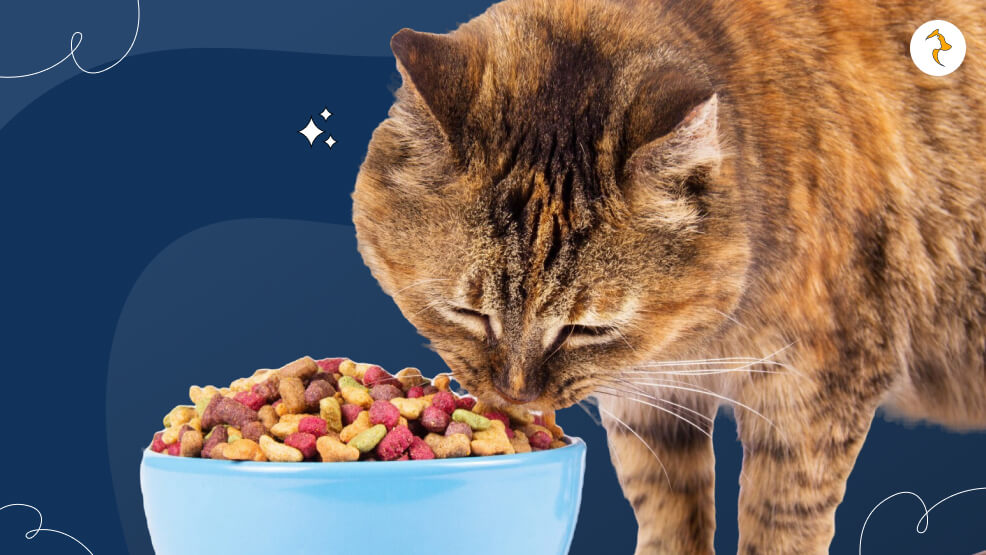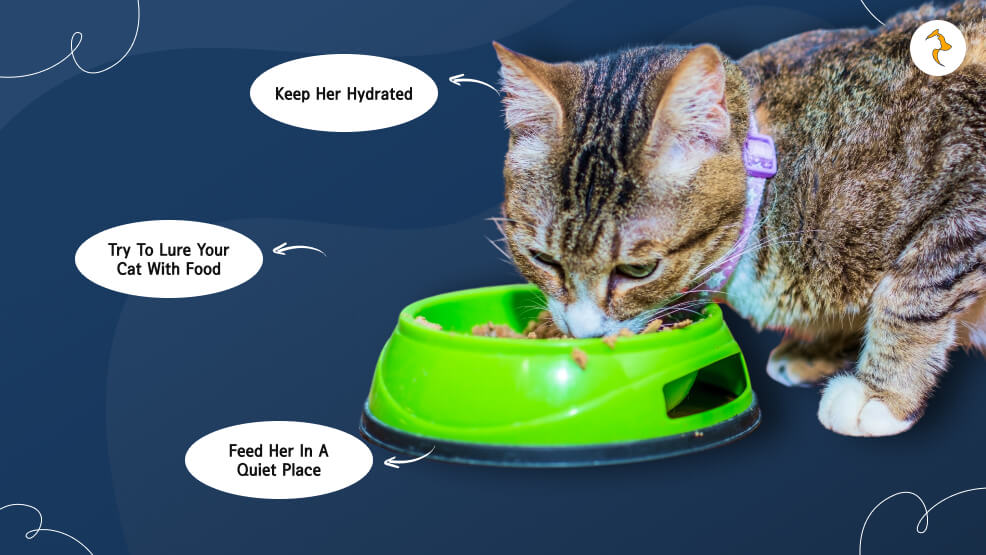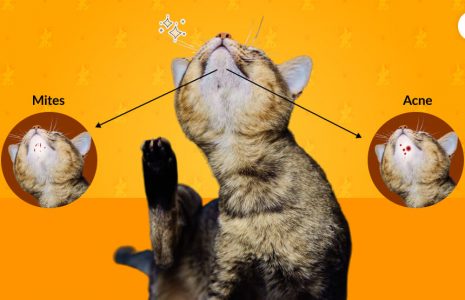How Long Can a Cat Go Without Drinking Water?


One would expect from those animals that they would recklessly neglect their water supply as, after all, they seem quite independent.
However, knowing how long the cat lives when it is just starting to dehydrate would be at the top of the priority list for every owner of any cat if it is going to be rescued from the most severe health issues like dehydration.
How Long Can Cats Survive Without Food?
This depends on your cat’s body condition and its health status. Cats can survive up to one or two weeks without food.
Whatever the case, this must never be allowed in your cat’s life. Continuous absence of food leads to awful destruction of the organs, culminating in death.
How Long Can Cats Survive Without Water?

Water is a much greater component of a cat’s survival requirement, and a cat cannot hold off on drinking it for so long.
Normally, a cat would survive three to four days without water, but dehydration begins to cause extreme damage to the kidneys and liver and finally kills in a few days.
What If Cats Do Not Drink Water for a Few Days?
If a cat ceases to drink water for even a few days, it becomes dehydrated, which brings about various health complications. Some of the direct results of dehydration include the following:
- Kidney strain: The kidneys filter waste tougher without adequate water, damaging it.
- Impaired bodily functions: The body cannot regulate temperature, transport nutrients, and remove toxins.
- Gastrointestinal disorders: If water is unavailable, it may lead to constipation or some other gastrointestinal problem in your cat.
- Serious condition: Dehydration can result in organ failure; therefore, seek help once your cat stops drinking.
What to Do if Your Cat Stops Eating or Drinking?

In case your cat has stopped eating or drinking suddenly, then you need to take immediate steps. Here are some things that you can do.
- Seek veterinary attention: If your kitty refuses to eat and drink for more than 24 hours. Your veterinarian should be seen as soon as possible because stopping its desire to eat and drink at once may be a symptom of hidden infections, diseases of the kidney, and even dental problems.
- Encourage fluid intake: Strive to make fresh water readily available often. Most cats prefer to drink from flowing water, so a cat fountain encourages a higher fluid intake.
- Lubricated food: Canned cat food is soaked in more water than dry food. That alone is sure to keep your feline friend well-hydrated.
- Look for changes in behavior: Look for your cat to appear lethargic, vomiting, or have variations of urination beyond normal.
Why Your Cat Won’t Eat or Drink
There are many reasons why a cat stops eating or drinking, and this list doesn’t include most of the causes.
It includes most health problems causing a cat’s anorexia or dehydration. Dental pain, infections, kidney diseases, and many gastrointestinal disorders exist.
- Stress or anxiety: Changes in their living environment, new people, other pets, or anything that creates apprehension in the animal usually leads to loss of appetite or unwillingness to drink.
- A geriatric cat: Older cats will be less able to smell and taste food and water.
- Food faddishness: Cats can be very finicky about what they eat and avoid food or water because it doesn’t taste right.
How to Get Your Cat to Eat?

If your cat is not eating, try the following to encourage eating:
- Heat it: Mild heat to such packaged foods can produce more odor. It might be tempted towards it better.
- Keep a Variety of Tastes: Many cats have a favorite type of taste. Sometimes, presenting such pets with all such varieties of foodstuff catches their attention in eating.
- Yummy Up and Top: Put in tuna juice and Chicken broth to make this tasty thing in small portions.
- Feed them by Hand: If the cat does not want to eat from the bowl, feed it with your hands. It even seems more comforting to them.
Keep Her Hydrated
If your cat isn’t drinking enough water, ensure they get enough moisture from their food. Wet food is superb in ensuring hydration will go up by 70-80% water content.
Ensure the fresh, clean water is in the bowl, and one of the other alternatives is having a cat water fountain if running water is where your preference is.
Try to Lure Your Cat with Food
Other times we will try other types of food. Wet food; any flavors mix might entice; even baby food; plain chicken pureed might get the cat to play with its food. All food presented has to be fresh and in a temperate warmth inviting too.
Feed Her in a Quiet Place
Cats are very sensitive animals, and their territory, too, needs to be considered. The anxious cat would not care about drinking water and having food even if somebody provided it in a noisy area. Feed them in calm places where they feel comfortable in their little home.
Factors Affecting the Hydration Level of Cat

The hydration level of a cat depends on many factors. Some of the most critical ones include:
- Age and Life Stage: Kittens and aging cats are more prone to dehydration since they are relatively weak or sick.
- Health Conditions: The list includes diseases related to kidneys, diabetes, hyperthyroidism, and even others because a health-affected cat is vulnerable to dehydration easily.
- Diet Composition: Cats that major on dry foods hardly take liquid in form; they take some amounts of it and require it as extra supplementation.
- Environmental Factors: It may get too hot or dry to be outside. The pet will lose more water through panting or evaporation, and thus, they will get dehydrated.
- Quality and Presentation of Water: Cats are particular about the presentation and quality of their water. Always ensure the bowl is clean; they should receive filtered or fresh water if they seem to snub it.
- Fussy Feeders, Fussy Drinkers: Some cats are fussy about drinking water; try different bowls or fountains.
Signs of Dehydration in Cats

Additionally, signs of dehydration should be spotted as early as possible since delaying it might result in quite adverse health complications. Signs that your cat is dehydrated include the following;
- Elasticity within your cat’s skin breaks: After pining down, the place will resume to normal condition for quite longer than it would always normally take.
- Dry, adhesive gums: Gums need to be wet. Possible dehydration could be diagnosed upon observing the gum’s dry or even adhesive consistency.
- Eyes sunken: Dehydration reduces fluids in front of the eye. Such that it makes the situation observable.
- Low urine: Your feline pet does not pee or will not pee so much when a cat is dehydrated. In the meantime, that can produce another condition, too.
- Flaccid or weakly: A hydrated cat loses energy, will be sluggish, lazy
- Rapid heartbeat: When a cat’s dehydration proceeds, the heartbeat also becomes speedier in cats.
- Panting and over-slobbering: Since panting is a non-feline typical behavior; however, due to extreme dehydration, this phenomenon also occurs in them sometimes.
To Hydrate your Cat
- Drink fresh water every day
- Eat a combination of wet and dry food
- Put up a water fountain to promote drinking
- Soak their food, such as low-sodium broth
- Observe their drink amount and overall behavior, especially in pets with known health issues.
Wrapping Up!
Hydration is one of the most important aspects of your cat’s health, though they can survive for some days without water. That’s not something you want to take lightly. Pay attention to the amount of water that your cat drinks.
Ensure that it always has fresh, clean water to drink. Hydration also includes diet and environment. Take your cat to a veterinarian if your cat refuses to eat or drink or appears dehydrated.








Leave A Comment